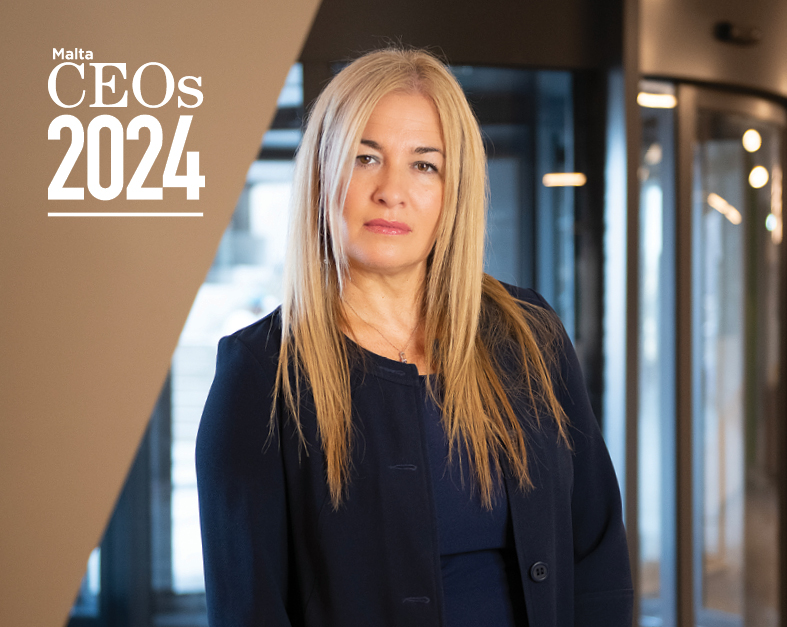We have, in recent years, been hearing all about digitisation, digitalisation and transformation… emerging technology, automation and what not. We have also, through one of my earlier articles in this series, already attempted to distinguish the basic differences in the first two terms coined in this list.
It is not uncommon for me to find myself engaged in discussion with colleagues, clients and business leaders about digital transformation. I sense a lot of variation in the topic perspectives. I find that if one is not careful, the theme in discussion may easily be directed towards technology, investment and computer systems. Whilst granted: digital is all about technology, many seem to miss the point that any successful transformation needs to be understood, accepted, implemented and indeed, led, executed and maintained by people.
By now we have all witnessed how this digital transformation is sweeping through various industries. The use of available technological advancements has enabled us to do business in more competitive and somewhat innovative ways. Businesses striving for digital change must appreciate the holistic nature of this conversion: it is about a multi-dimensional interaction, involving not just the tools we use to execute our business activities, but also the direct and indirect list of stakeholders involved as a consequence. One must realise, appreciate and consider that any digital transformation also requires considerable investment focused on the people aspect.
The ultimate scope of digital transformation is to harness the power of technology to enhance the overall employee and customer experience, and as a result, to put your business into that leading position of employability and competitiveness.
The digital transformation process is a cultural evolution in itself, and any respected business leader will possibly also express that one cannot dictate or direct culture. Culture change has to come from within the business. Business leaders involved in such transformation must ascertain that all stakeholders buy into the vision, understand the strategy, and align with any impact brought about on them, as individuals, and their work. They must be convinced that the technology will be there to supplement and support the change process, making tasks and activities simpler, or enabling them to handle the more complex tasks more efficiently and effectively. That the technology change will make the process, and therefore the business, more resilient and consistent, and improve quality and reliability.
Do we really understand the motive for even considering the undertaking of such digital transformation in the first place? Is it just trendy to hop onto the latest bandwagon that has passed our way? Do we want to impress, and show we are on top of things? Are we seeking to replace human activity? Do we want to make our business more efficient, gain on improved performance, make it more resilient to future longevity? Are we really committed to move on from our, otherwise long-used, legacy systems? What is our strategy?
Quoting Peter F. Drucker, “there is nothing so useless as doing efficiently that which should not be done at all.” Plugging technology into processes that are not well thought out, designed and explained will only generate what Lean Management terminology refers to as ‘muda’ (waste and uselessness) at more efficient rates; increase the ‘mura’ (irregularities and unevenness) in operations, with uncontrolled variations in performance; and give rise to ‘muri’ (overloads and unreasonable expectations) at bottleneck points. The end result is a series of roadblocks in the business: stakeholder frustration, employee absenteeism, physical and mental stress, and breakdowns of machines and systems!
Plugging in kinky technology on the front end, blanketing traditional processes and methodologies is dangerous. Without first having the decency to study, analyse, optimise and streamline the activities, validate the changes and concurrently consider the skills-gaps that need addressing is suicidal. Business leaders considering transformation need to seek, strike and secure opportunities for all impacted stakeholders, and define a well thought-out plan moving forward for everyone’s due consideration in the revolution. Failing this is possibly a classical formula for disaster!
Let us not forget that, in our rush and enthusiasm to transform everything to digital, we often forget that employees and customers, i.e. human beings, are essentially analogue creatures. They have daily variations in their feelings, emotions and behaviours. They are prone to personal perceptions, distractions and distortions. Amen to that!
It is these very human traits that dictate that everything we do must be communicated effectively. That our employees have to be trained. That clients, and other stakeholders, should be supported along the way.
Professional guidance, handholding and support is generally solicited when it comes to managing such impactful projects. This ensures that your business transformation is executed through a well thought-out process.
Ing. Joseph Micallef is a freelance Consulting Advisor, bringing with him over 30 years’ worth of experience across various sectors. Working in areas related with quality, lean, business process transformation and project execution and programme management he can be contacted directly on m +356 9982 2244 or e: [email protected]
Say goodbye to your 60-hour work week
7 tips to stop business leaders from overworking.
Reach new heights: 6 key strategies to accelerate business growth
Growth is an ongoing process that business leaders have to work hard towards and be patient with.
Embracing change – My journey beyond the comfort zone
The comfort of routine can dull the spark of innovation and can dampen the spirit of growth, leaving both oneself ...
Adieu email stress – Five tips for business leaders to breeze through their inbox
Going through emails is not only a tedious task but it also leads to a drop in productivity.











